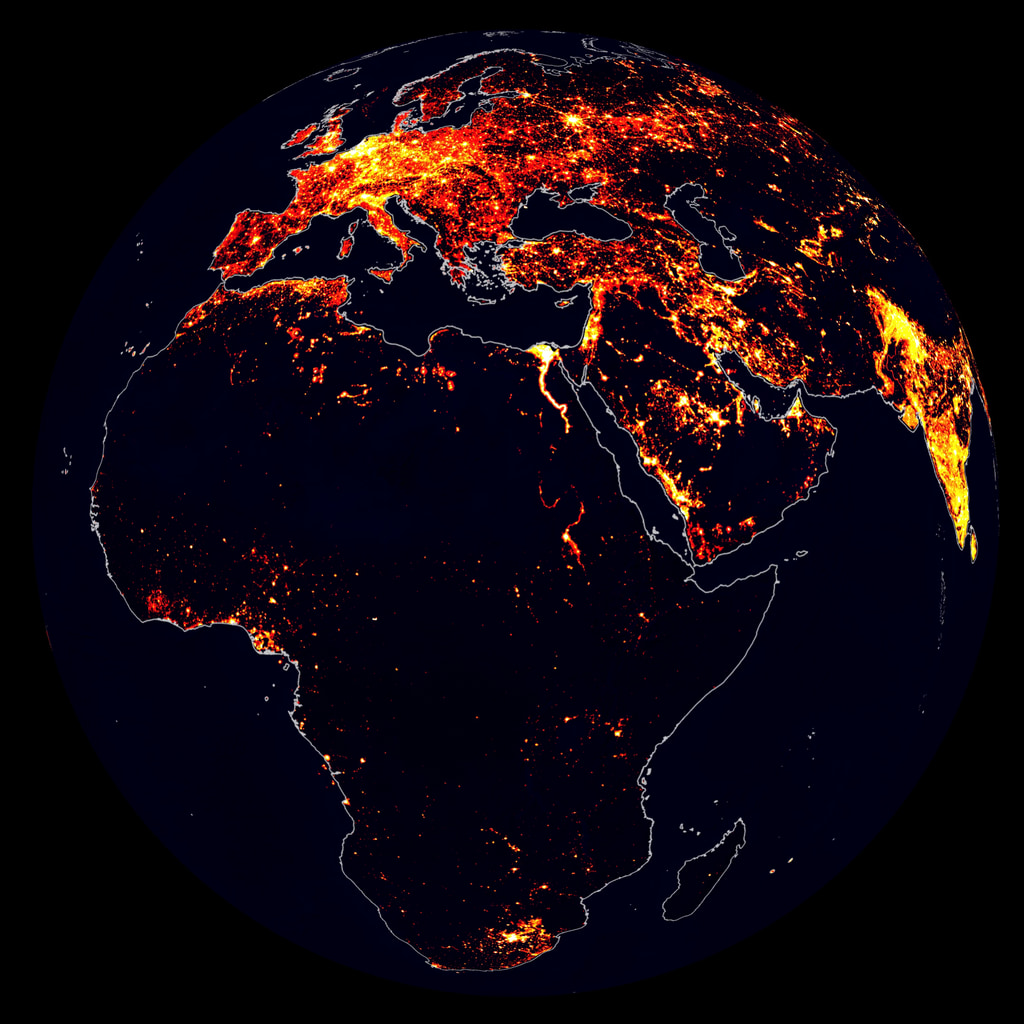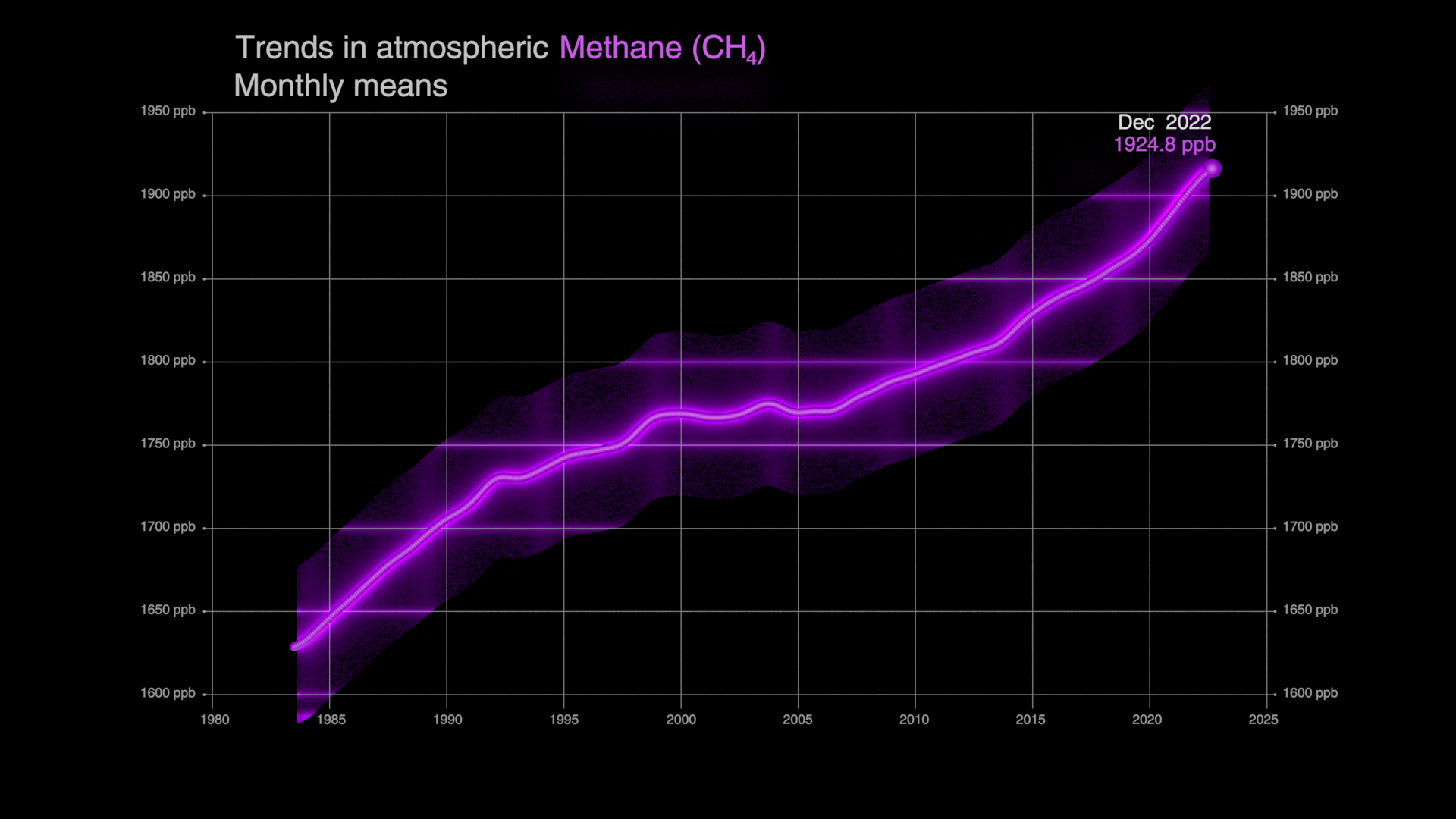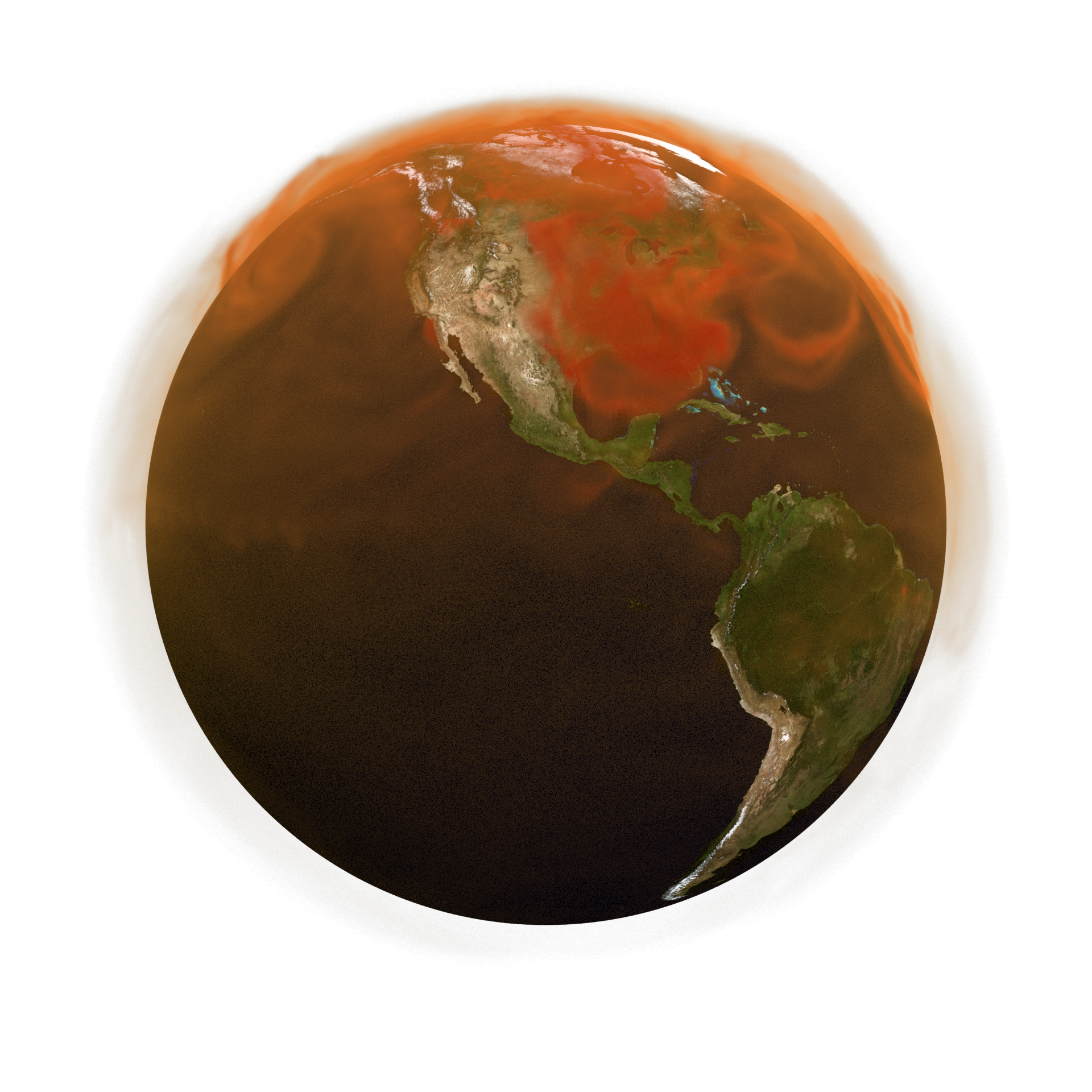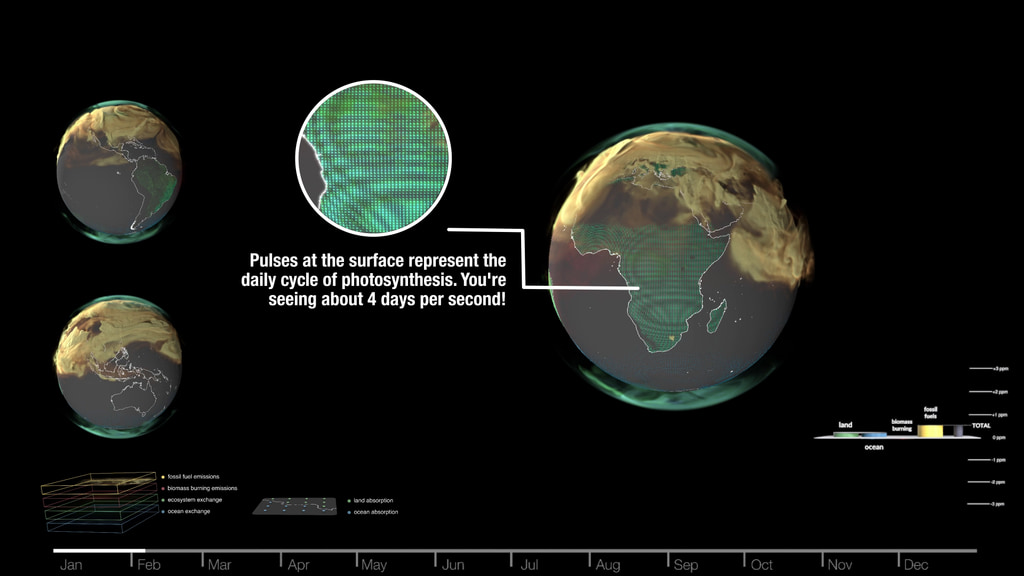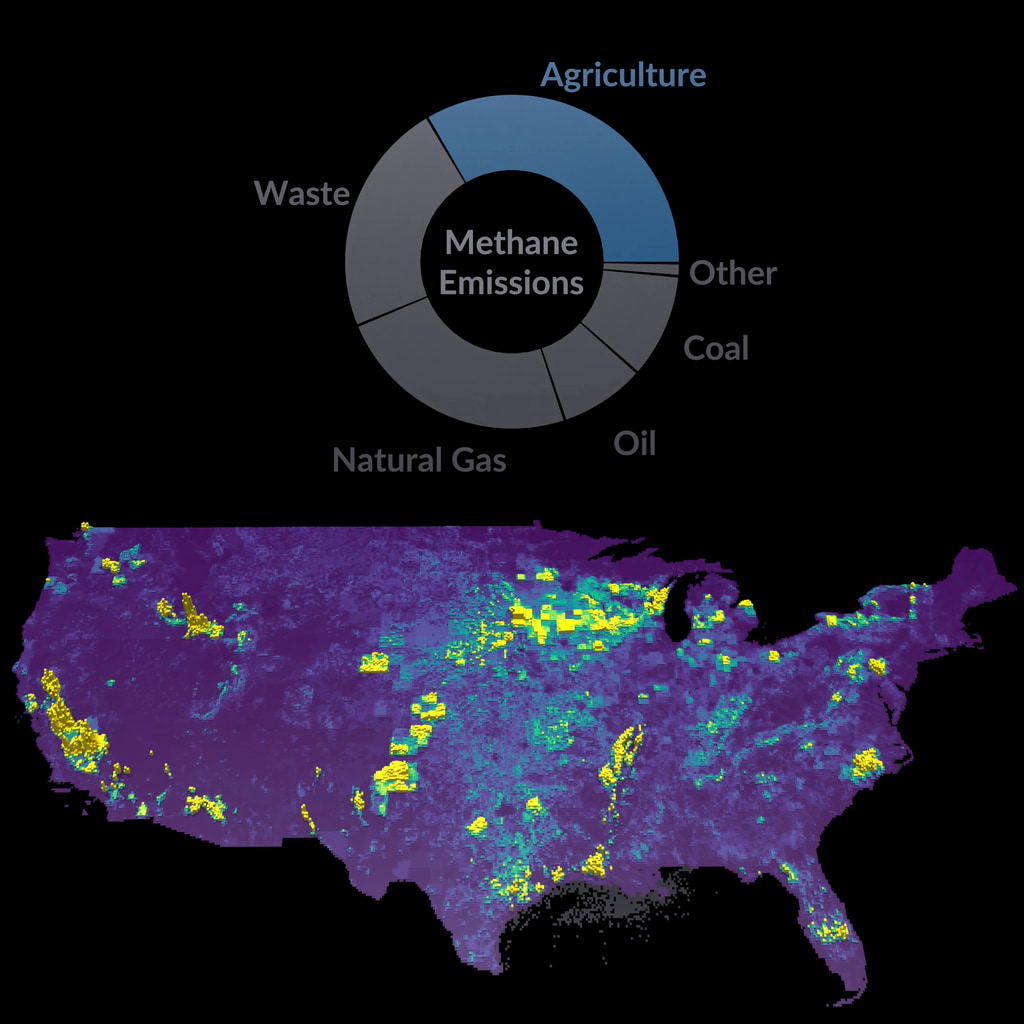Tracking the Greenhouse Gas Methane, Earth Information Center Videos
Full 8K resolution. Optimized for Earth Information Center display.
Universal Production Music: "Passing By" by Miguel D'Oliveira, "Simple Story" by Fred Dubois, and "Whispers of Hope" by Sam Connelly,
This video can be freely shared and downloaded. While the video in its entirety can be shared without permission, some individual imagery provided by Pond5 and The Raleigh Drone Company is obtained through permission and may not be excised or remixed in other products. For more information on NASA’s media guidelines, visit https://www.nasa.gov/multimedia/guidelines/index.html
NASA data is changing the way the landfills are operated and monitored.
Landfills are necessary part of waste management in the United States. With over 2,600 landfills throughout the country however, the amount of methane emitted from these sources is immense, even outpacing oil and gas in some regions. The Environmental Protection Agency (EPA) is now using NASA data for monitoring and enforcing the Clean Air Act established in 2020. This is a pivotal moment for the EPA as new data and technology, led by NASA, is revolutionizing how the agency does its job.
With new data from NASA (EMIT, AVRIS), the EPA is better able to identify the biggest landfill emitters that are out of compliance, prioritize action, and enforce regulations that help keep our air clean and our climate in balance. The landfill industry is taking notice. Some operators are taking action to build better infrastructure that keeps them in compliance and saves them money in the long run.
Methane emissions from landfills is equivalent to nearly 23 million gasoline-powered vehicles driven for one year. Not only does methane mitigation help the climate, it also has health and financial benefits.
Left circle display video.
Right circle display video.
Credits
Please give credit for this item to:
NASA's Goddard Space Flight Center
-
Producer
- James Round (NASA/JPL CalTech)
-
Scientists
- Lesley Ott (NASA/GSFC)
- Susan Thorneloe (U.S. Environmental Protection Agency (EPA))
-
Visualizers
- Helen-Nicole Kostis (USRA)
- Andrew J Christensen (SSAI)
- Mark SubbaRao (NASA/GSFC)
- Alex Kekesi (Global Science and Technology, Inc.)
- Zoey N. Armstrong (Navteca, LLC.)
-
Technical support
- Brenda Lopez-Silva (SSAI)
- Michael Chyatte (ADNET Systems Inc.)
- Laurence Schuler (ADNET Systems, Inc.)
- Ian Jones (ADNET Systems, Inc.)
-
Public affairs officer
- Aries Keck (ADNET Systems, Inc.)
Release date
This page was originally published on Thursday, April 18, 2024.
This page was last updated on Thursday, April 18, 2024 at 3:50 PM EDT.
